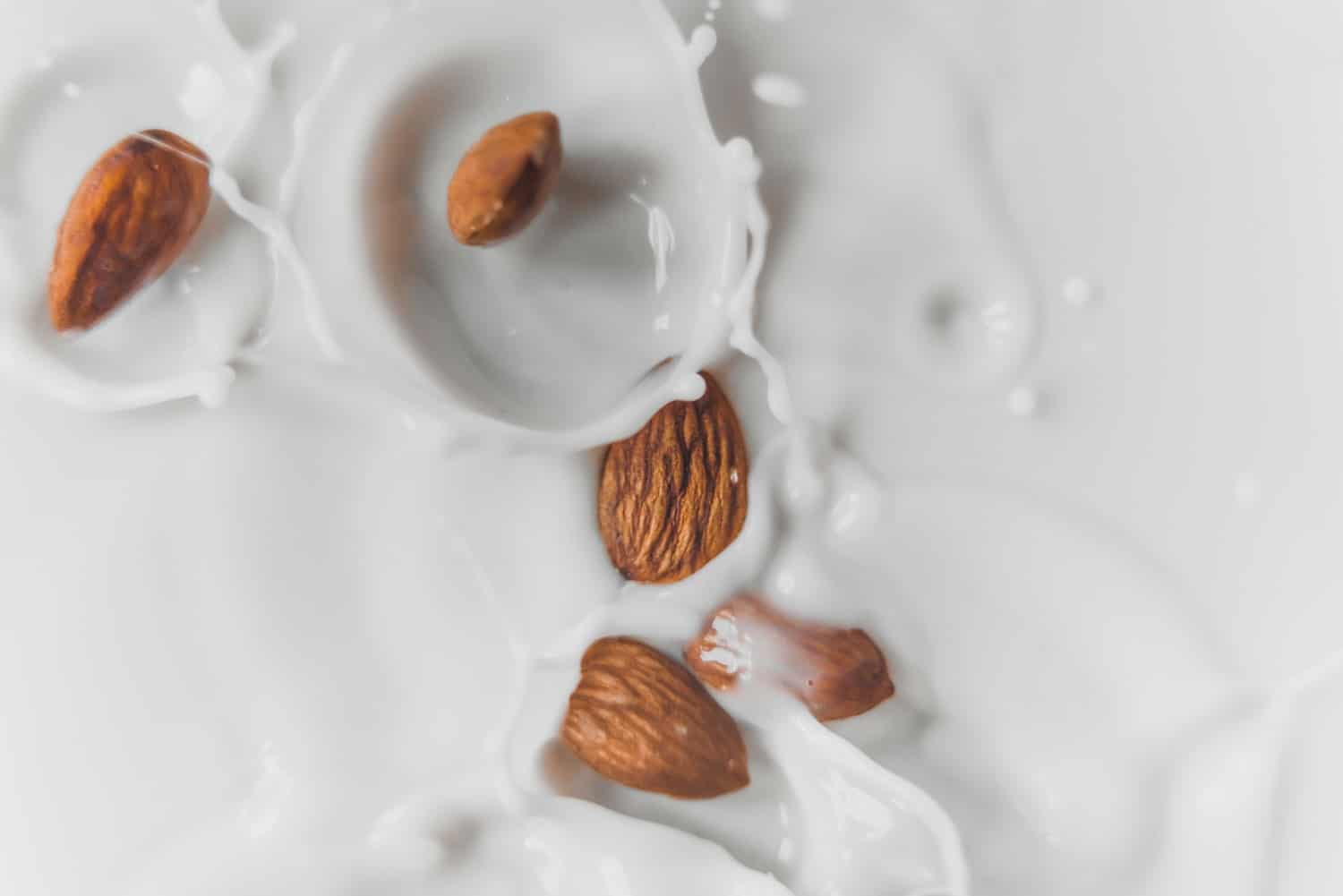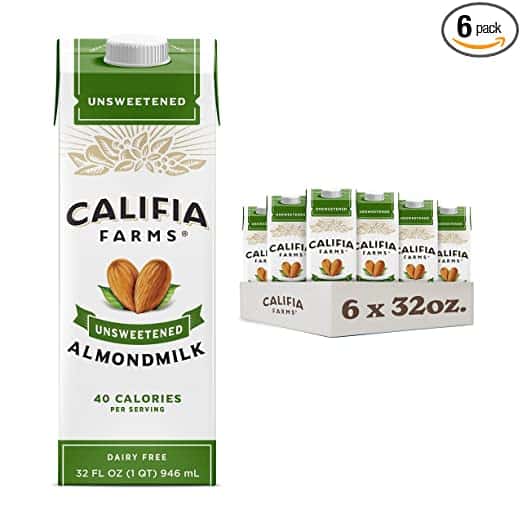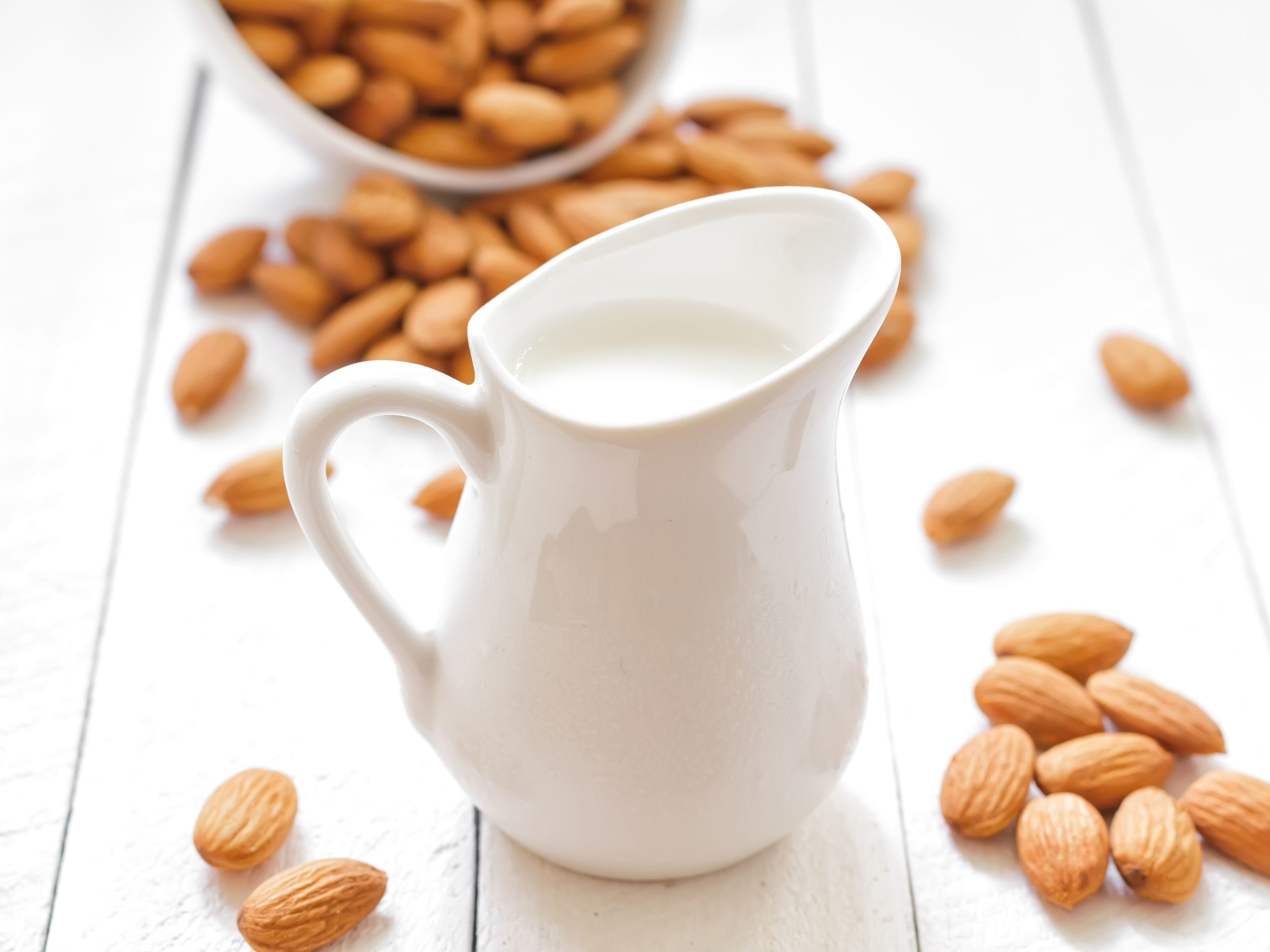Milk, a nutrient-rich fluid that female mammals produce to feed their young, has been enjoyed throughout the world for thousands of years. The most commonly consumed types come from cows, sheep, and goats. Western countries drink cow’s milk most frequently, and even in Africa, milk is mostly consumed in its purest form: directly from the cow’s breast.

Milk is a good source of many essential nutrients, including calcium, protein, and vitamin D. Many people see it as a vital part of a balanced diet. Others, however, cite various reasons for choosing not to consume it. Sources of milk and milk products include cows, sheep, camels, goats, and many others.
One 244 gram (g) cup of whole milk with 3.5% to 3.8% fat level contains 149 calories; 7.9 g of fat; 7.7 g of protein; 12.3 g of sugars; 276 milligrams (mg) of calcium; 205 mg of phosphorus; 322 mg of potassium; and 3.2 micrograms (mcg) of vitamin D.
On the other hand, one 244 g cup of nonfat or skim milk contains 83 calories; 0.2 g of fat; 8.2 g of protein; 12.4 g of sugars; 298 g of calcium; 246 mg of phosphorus; 381 mg of potassium; and 2.9 mcg of vitamin D.
Both types of milk also provide choline, magnesium, vitamin A, riboflavin, vitamin B-6, vitamin B-12, folate, and many other nutrients. Furthermore, milk supplies the body with calcium, choline, potassium, and vitamin D.
Substitute for milk
Although milk is a handy recipe in the kitchen and pantry, some risks are attached to its consumption. Some people choose not to consume dairy products such as milk because of the following reasons:
- If they have a stick diet like vegan or paleo
- If they have an allergy or sensitivity to lactose (the milk sugar) or casein (the milk protein)
- If they have concerns about methods of dairy farming and their impact on the environment
- If they have concerns about the possibility that milk contains hormones, such as estrogen
In such a situation, one must consider a great alternative to milk in the kitchen. One of such is almond milk.
Almond milk is made of ground almonds and water but can include other ingredients depending on the type. Most people purchase it premade, though it’s fairly easy to make at home as well.
During processing, almonds and water are blended and then strained to remove pulp. This leaves a smooth liquid. In most commercial almond milk, thickeners, preservatives, and flavorings are usually added to improve flavor, texture, and shelf life.
Almond milk is naturally dairy-free, meaning it’s suitable for vegans, as well as people with a dairy allergy or lactose intolerance.
Benefits of almond milk
Almond milk is deficient in calories compared with cow’s milk (With only 39 calories per cup (240 ml)). One cup (240 ml) of almond milk provides Calories: 39; Fat: 3 grams; Protein: 1 gram; Carbs: 3.5 grams; Fiber: 0.5 grams; Calcium: 24% of the Daily Value (DV); Potassium: 4% of the DV; Vitamin D: 18% of the DV; and Vitamin E: 110% of the DV.
Almond milk is an excellent and natural source of vitamin E, a fat-soluble antioxidant that helps protect your body from free radical damage.
How to make homemade almond milk?
Here is a super-easy way to make your favorite almond milk at home. These steps are quite easy, and the taste is better and fresher.
Ingredients: raw (organic) almonds; clean filtered water (make sure to use tasteless water); a pinch of sea salt; vanilla extract (this ingredient is optional); pitted dates (optional too, this is just for that extra sweetness).
Step 1
Add almonds to a jar and cover with water. Let soak for 6-8 hours (or overnight). Drain, rinse and discard soaking water.
Step 2
Add soaked almonds, 4 cups of fresh water, sea salt, vanilla, and dates, if using into a high-powered blender and process on high for 3 to 4 minutes or until finely puréed. The nuts should be broken down into a wonderful meal, and the liquid will be white/milky.
Step 3
Strain the mixture through a nut milk bag into a bowl, squeezing hard until only solids remain.
How to substitute almond milk for regular milk?
Turns out, cooking with almond milk is a simple cup-to-cup replacement in most recipes. A few adjustments may be necessary for other recipes, but your baked goods will still taste great.
Temperature: when cooking almond milk on the stovetop, constantly stir and use moderate heat. The milk may scorch or form skin if left at high temperatures.
Baking Time: slightly reduce the baking time. Check consistency a few minutes sooner than when the recipe recommends, as almond milk may affect the baking time.
Thickening: increase the thickening agent in pudding or custard recipes. Add a few tablespoons of cornstarch or flour. Almond milk contains no saturated fat, making it thinner and less creamy.
Avoid Acidic Ingredients: avoid adding acidic ingredients to almond milk unless the recipe calls for it. Ingredients like tomatoes or lemon may cause curdling in almond milk.
Use Less Sweetener: some almond milk is lightly sweetened. Reduce the sugar by one-third to one-half for dessert recipes.
Frequently asked questions (FAQs)
Is almond milk healthier than milk?
Although almond milk is not nearly as nutritious as cow’s milk, enriched products come close. They frequently contain added vitamin D, calcium, and protein, making them more similar to regular milk in nutritional content. However, almond milk is naturally rich in several vitamins and minerals, especially vitamin E.
What is the best time to drink almond milk?
This malt-based powder is used to make a drink by adding it to milk, but for an alternative to dairy, and a double whammy of magnesium, blend it with almond milk (almonds are high in magnesium), warm it up on the stove, and drink it before bedtime like a hot chocolate.
Is almond milk good for weight loss?
Almond milk is 50% lower in calories than cow’s milk, making it good for people trying to lose weight. And because it’s not an animal product, it has no cholesterol.
Conclusion
Almond milk added a slightly nutty flavor to the recipe, which would be a pleasant addition to many baked goods. Whichever your reason for the substitute, general, to substitute almond milk for regular milk, use the same amount called for in the recipe and use unsweetened almond milk. Some brands of almond milk have added sugar or other sweeteners, which can affect the flavor of your recipe, so watch out for those.


